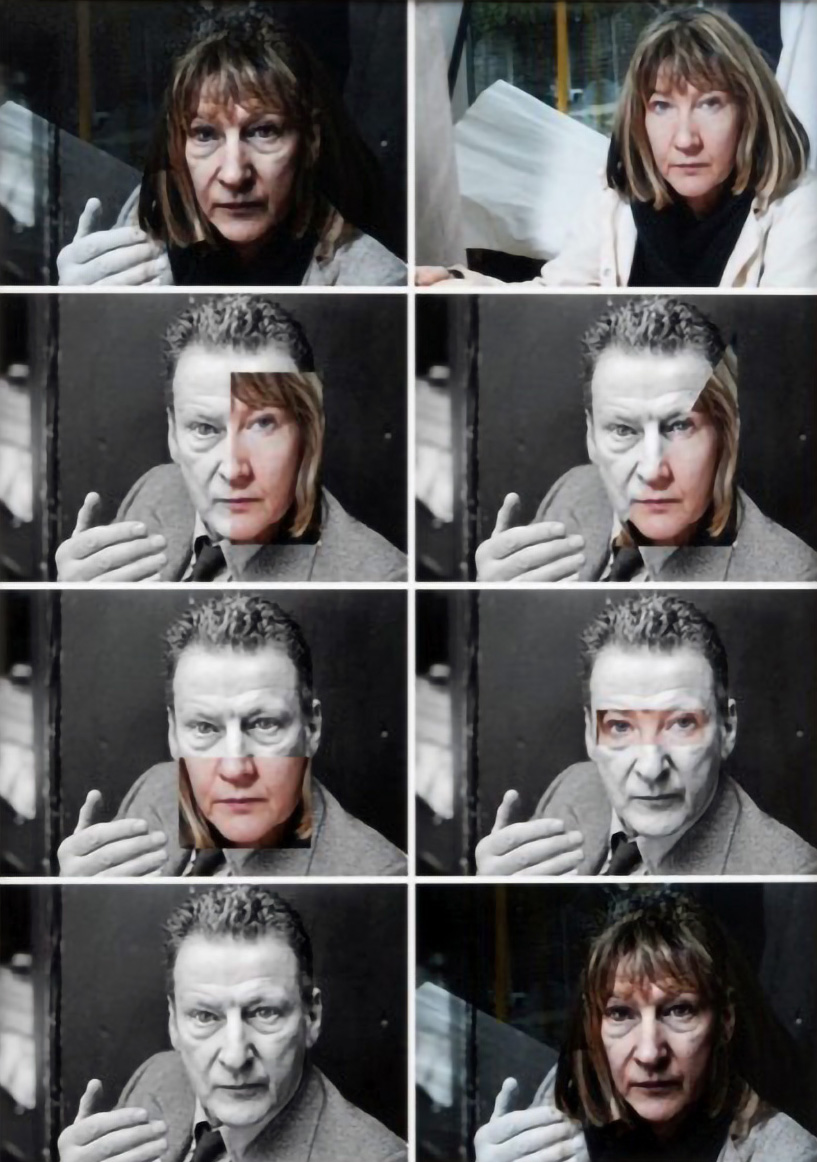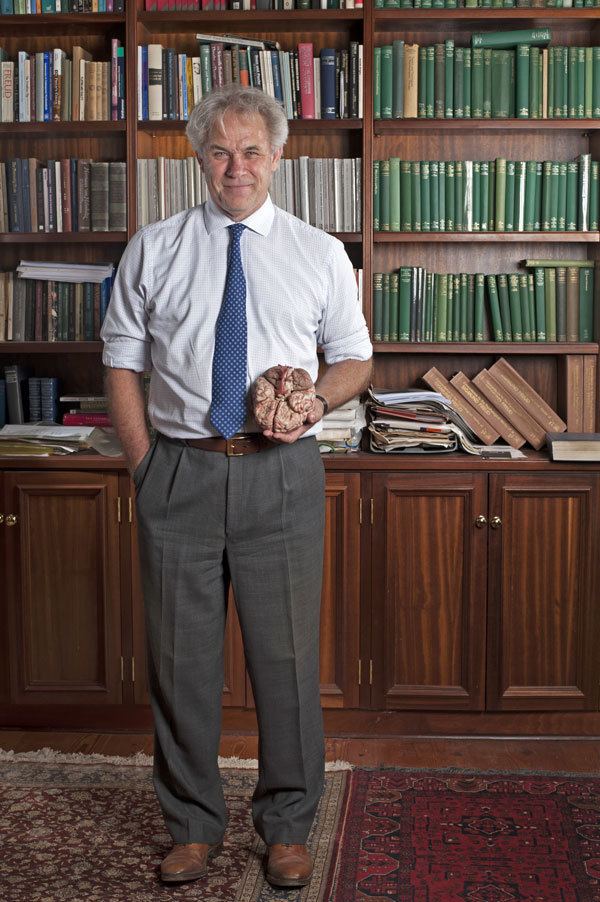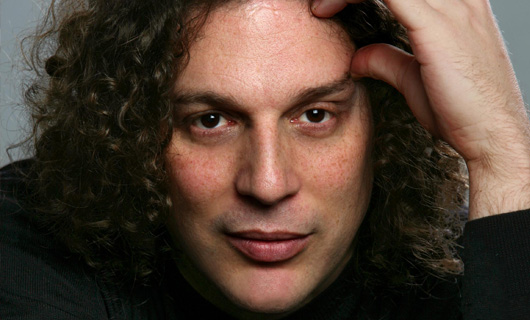Living in Florence, an incredible wealth of great art is at one’s fingertips, but have you ever wondered why some artworks touch us deeply while others, perhaps equally renowned, do not move us at all?
The study of spectator response is an established aspect of modern art criticism and forms common ground for art scholars and researchers into human psychology. This common ground also encompasses the study of how the feeling and meaning that an artwork evokes in us relates to the artist’s psychology. This approach to art is the focus of an international event held in Florence every three years, which will take place again this spring. Jointly sponsored by the International Psychoanalytical Association and the American Psychoanalytic Association, the eighth Triennial Symposium on Psychoanalysis and the Arts will take place from May 21 to 23.
Over the past quarter century, this event has been held in impressive Florentine venues, including the Salone dei Cinquecento at the Palazzo Vecchio.
The 2020 symposium will be at the Convitto della Calza, a 14th-century architectural masterpiece adorned with magnificent frescoes, which has been reborn as a contemporary conference venue, boasting state-of-the-art audio-visual systems. Individual microphones will allow attendees to join post-lecture discussions with ease. Coffee breaks and the gala reception and dinner will give all participants ample opportunity to share ideas and form new acquaintances.
For the Spring 2020 Symposium, the psychology of the spectator and artist will take center stage, with a particular focus on “Partners in Creation”. It will explore how artists who work together, like Verrocchio and Leonardo, actually impact each other’s work. How does the tension between intimacy and rivalry, sharing and competing, play out in creating a work of art? Presenters will broaden the theme to include how artists often partner with friends, patrons and models, who influence each other in a complex and fascinating interplay.
One of the presenters will be renowned artist Jane McAdam Freud, daughter of artist Lucien Freud and great-granddaughter of Sigmund Freud, who will extend the theme to include her interplay with the physical space, the space of her studio, and even her own physical self, in the act of creation. World-famous neuroscientist and psychoanalyst Mark Solms will share his research in neuro-aesthetics, the study of how artistic creativity and aesthetic pleasure relate not just to intellectual activity, knowledge of art history and iconography, but to the effect of images on the emotion-generating centers of our brain. Deborah Browning Schimek will illustrate how the feelings shared in letters between School of Paris artist Hans Reichel and three close friends while he was interned in a Nazi camp and near death from starvation sustained his creative work. Other presenters describing how partners energize artistic creativity include art historian David Freedberg, on the competitive friendship of Rubens and Rembrandt, and Stefano Bolognini on how the Carracci family, harnessing both their intimacy and rivalry, were able to produce masterpieces as a team.
To complete the circle of art/psychoanalysis mutuality, several presenters will show how art can illuminate psychoanalysis. Dr. Anna Bentinck Van Schoonheten discusses how the paintings of Giovanni Segantini inspired Karl Abraham’s psychoanalytic theories. Phillip Freeman speaks about the creative impulse of the psychoanalyst and how analyst and patient are partners in creation in the consulting room. Michael Parsons will outline how the spectator’s response to works of art parallels the creative process in clinical psychoanalysis. Last but far from least, David Rosenmeyer, notable orchestral conductor and educator, will show how creative partnerships in the visual arts and psychoanalytic process play out in the realm of music, specifically in the miraculous collaboration of Mozart and Da Ponte on their operatic masterpieces, Le Nozze di Figaro, Don Giovanni and the revolutionary Così Fan Tutte.
For details about this symposium, see http://www.florencepsych-art2020.com/.
Attendance is open to the general public.







